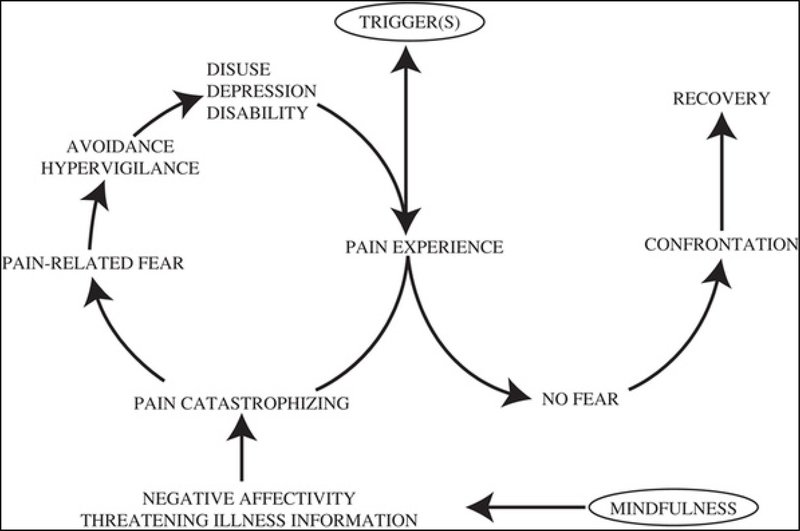Figure 3. Fear-avoidance model of chronic pain incorporating the suggested role of trigger(s) and mindfulness in individuals with chronic headache/migraine. This model demonstrates how mindfulness may target the experience of pain through its impact on the negative appraisal of the pain (catastrophic thoughts), which often leads to the development of pain-related fear and subsequent maladaptive coping behaviors (escape, avoidance, hypervigilance) with resulting depression/disability and increased pain experience. Triggers may lead to avoidance/escape behaviors and resulting increased sensitivity to the pain experience.
Reprinted with permission from Wolters Kluwers Health [2] Adapted with permission from the version presented by Vlaeyen and Linton, and Schutze and colleagues (2009).[3] In this adjusted version, ‘Trigger(s)’ has replaced ‘Injury’ and ‘Mindfulness’ has been added.

